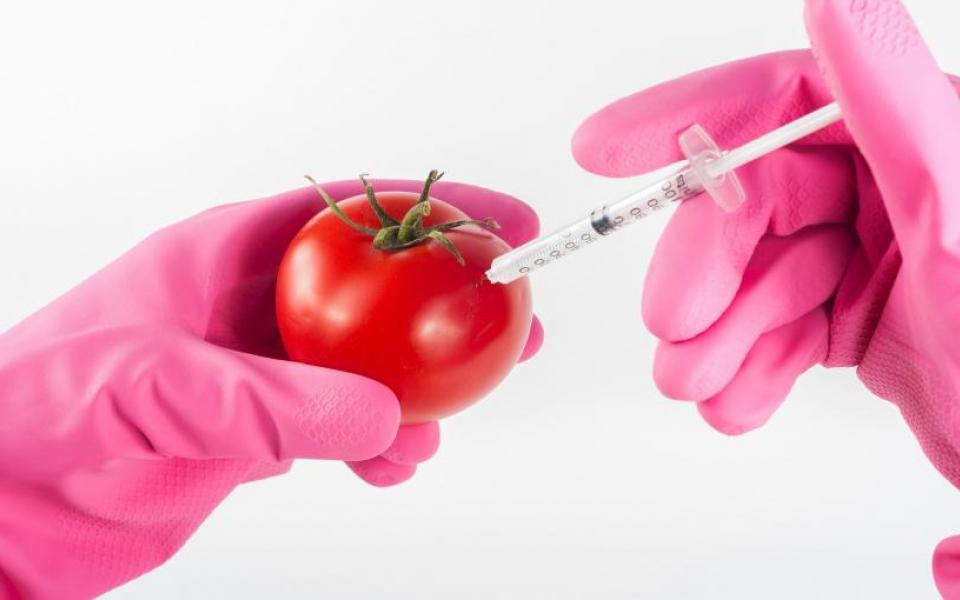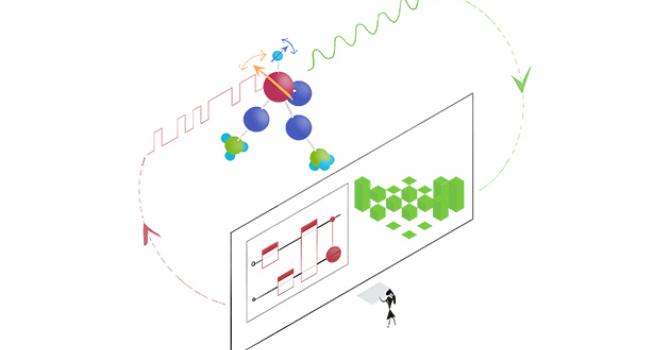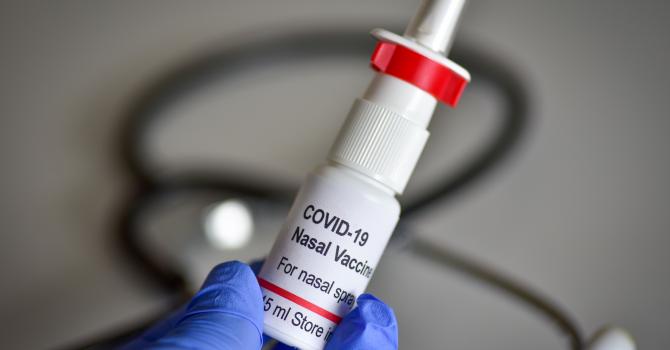The genetic barcodes
Dr. Melody Leung, Division of Life Science, explains how genetic barcoding can help us distinguish fake vegetarian food and verify the ingredients in traditional Chinese medicines.
By Dr. Melody Leung, Division of Life Science, HKUST
It was previously revealed on Ming Pao’s front page that cakes and pastries that contained animal products were sold in some monasteries. It was also reported that pork had been intentionally mixed with beef and sold by a supermarket. But how were these transgressions discovered?
Thanks to genetic barcoding technology, it is possible to identify different animal species simply by examining a small amount of genetic materials taken from food.
When DNA amplification and sequencing technology was becoming more developed and widespread during the mid-1990s, Dr. Paul Hebert of Canada’s University of Guelph decided to use the technology to revolutionize species classification. He believed that the external characteristics expressed by the various species were due to each of them having a unique genetic sequence. If a gene that is common to all species could be identified, and all individuals of the same species share a genetic sequence, but significant differences exist between species, then these genetic sequences could be the basis for differentiating species. Eventually, Dr. Hebert found a section of approximately 600 base pairs covering half of the cytochrome c oxidase subunit I (COI). This genetic sequence, which can best represent the differences between most species, was termed the genetic barcode by scientists.
In supermarkets, barcodes with a standard format are attached to all goods. Each barcode and the corresponding goods description are first entered into the supermarket’s computer system. When tallying the inventory or when customers make a payment, the computer will display the description and price of the goods once the barcode is scanned. Similarly, the genetic samples of animals such as pigs, cows, sheep, and horses can be collected for DNA sequencing to identify the corresponding genetic barcodes. The information can then be stored in a computer database. The genetic sequences collected from food samples are then matched with the database to identify the exact animal(s) involved.
Genetic barcoding technology has greatly sped up the species identification process. It facilitates the rapid classification of animals and helps to determine whether a species is new. Therefore, the biodiversity of a region can be easily determined. This technology also helps us understand the eating habits of a given species. For example, in 2017, the University of Curtin found 36 fecal samples from an endangered sea lion species within a 1,500 km range in Western Australia. Genetic barcoding technology was used to examine the samples, which led to the identification of the main prey species and the prey distribution. The government could then use the collected data as a reference to develop appropriate conservation measures.
Genetic barcoding technology can also be applied on scientific verification. One example is the appraisal of traditional Chinese medicines and confirmation of traditional Chinese medicine formula. What are the ingredients in a medicinal prescription? Rhinoceros horn? Crocodile skin? Pangolin? Another example is law enforcement against the illegal wildlife trade to ascertain whether an ornament is an illegal ivory product or a product made from legal mammoth ivory? Hence, the genetic barcoding technology has great importance in modern science.






